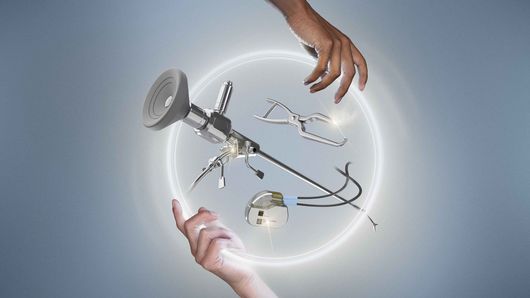Developing medical devices: what are the challenges?
The safety of patients is the top priority in medicine. For this reason, manufacturers of medical devices meet high quality requirements and regulatory specifications. In terms of production conditions and legal regulations, manufactures therefore face enormous challenges: in addition to suitable procedures for system specification, appropriate risk management is also required, among other things, to ensure that standards are met and medical devices are certified and approved. This requires in-depth expertise. Therefore, as a manufacturer, you need an experienced partner at your side to assist you in the development, production and approval of your product.
With different materials in production, it is also necessary to observe different geometric tolerances. It is then often necessary to reposition and fix the device in the production process.
It is now necessary to reduce manual processes in manufacturing - not only to improve efficiency and quality, but also to address the shortage of skilled workers.
As a manufacturer of medical technology, you must comply with, document and monitor regulatory requirements and standards. This also includes, for example, that your devices and components are traceable and your production systems are qualified according to FDA, DIN EN ISO 13485 or EU MDR.
Since the product life cycle of medical devices is long, production systems need to be scalable. In addition, the machines must perform reliably for many years with minimal downtime and low maintenance requirements.













